Can Women Use Finasteride For Hair Loss?
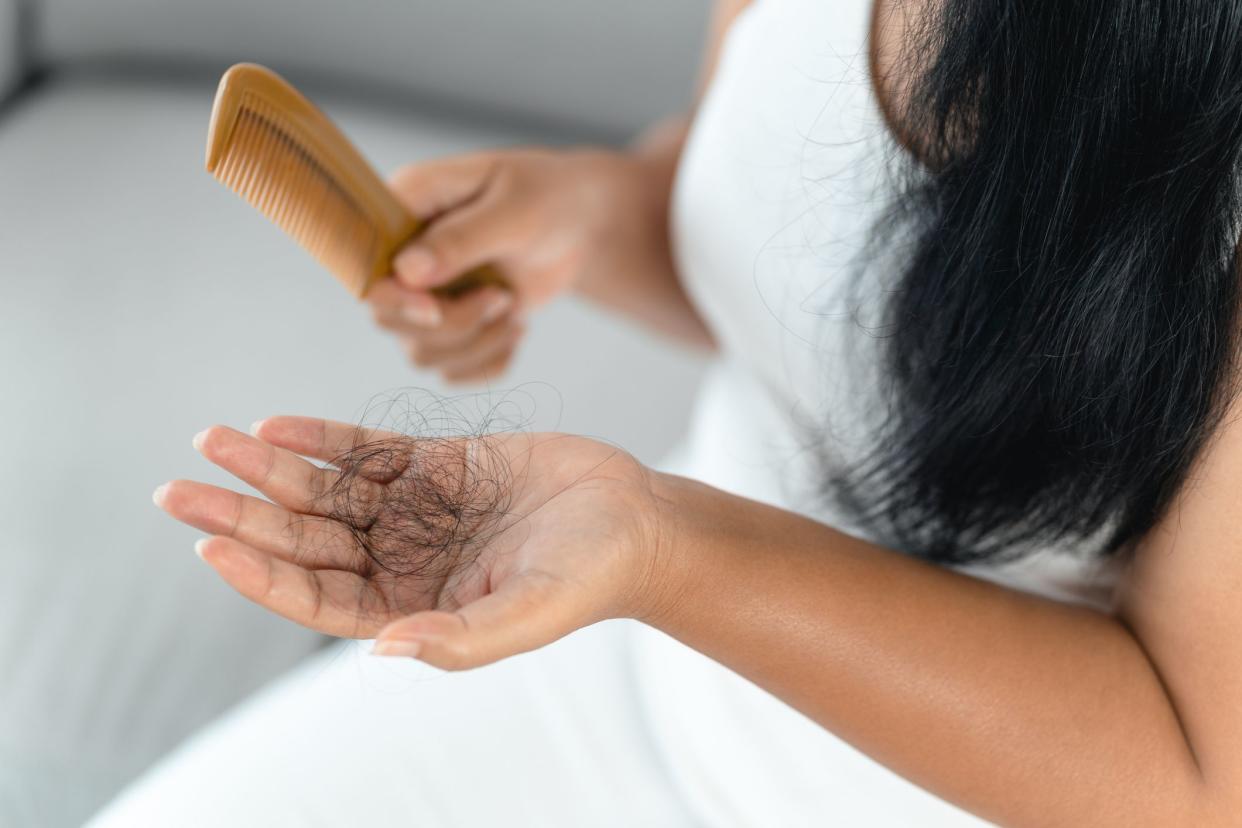
Girls just wanna have fun, ya know? We want to get in the guys’ club, too, and enjoy the same perks. One club we don’t want to be a part of? The balding club. But 50 percent of women will experience female pattern hair loss in their lifetime.
If you think you might be experiencing hair thinning, you can learn more about the signs of female pattern baldness in our guide. But if you know you are losing hair, you’re in the right place to find out what you can do to treat it.
There are several hair loss treatments available, finasteride being one of them.
But is it right for you? Read on to learn more about what finasteride is used for, if women can use finasteride and how it works.
Finasteride for Women: Can Women Use Finasteride for Hair Loss?
Girls just wanna have fun, ya know? We want to get in the guys’ club, too, and enjoy the same perks. One club we don’t want to be a part of? The balding club. But 50 percent of women will experience female pattern hair loss in their lifetime.
If you think you might be experiencing hair thinning, you can learn more about the signs of female pattern hairloss in our guide. But if you know you are losing hair, you’re in the right place to find out what you can do to treat it.
There are several hair loss treatments available, finasteride being one of them.
But is it right for you? Read on to learn more about what finasteride is used for, if women can use finasteride and how it works.
What is Finasteride use for?
Commonly sold under the brand name Propecia®, finasteride is a medication often prescribed for treating male pattern baldness.
How does finasteride work? This selective 5-alpha reductase inhibitor decreases the conversion of testosterone into the hormone dihydrotestosterone (DHT). Some people are more sensitive to DHT than others.
We know what you’re thinking: Why does DHT matter for hair loss? DHT is thought to bind to receptors in your scalp. This causes follicles to shrink down, resulting in thinner hair shafts and more visible scalp skin. The relationship between DHT and male pattern baldness is clearly linked, but the connection is a little murkier with female pattern hair loss (FPHL).
Does Finasteride Work for Women?
While finasteride has been well-studied for male pattern baldness, there isn’t as much research on females. Due to its potential teratogenic effects, clinical studies on the use of finasteride for FPHL are limited.
So we can’t yet confidently state whether or not finasteride is completely safe for women to use. But studies have shown that women have used finasteride with success, as you can see from some findings below.
Data on 3,500 women with androgenetic alopecia treated with 1.25 milligrams of oral finasteride showed a significant increase in hair thickness over a three-year period.
A review of 65 studies involving finasteride use in women published between January 1997 and July 2017 concluded that it may improve hair loss in women with female pattern hair loss or frontal fibrosing alopecia. Doses of oral finasteride ranged from 0.5 to 5 milligrams per day in females aged 6 to 88 over a duration of six to 12 months.
Another study tested the efficacy and safety of a 5-milligram dosage of finasteride in normoandrogenic postmenopausal women. Though the study was only done on 40 women, they were monitored for 18 months. More than half of participants saw significant improvements in hair regrowth, while another third showed moderate improvement.
The dosage of finasteride for female pattern hair loss can vary, as noted in these studies.
In one small study, 37 premenopausal women took a 2.5-milligram oral dose of finasteride daily for a year. Sixty-two percent of the women saw some improvements in hair loss and hair density. But there’s one caveat: These women also took birth control pills (since finasteride is classified as a teratogenic), making it tough to solely attribute the hair growth to finasteride.
This is where we’re going to note that dosage may play a really critical role in the results you’ll see.
Another one-year, double-blind, placebo-controlled study tested 137 postmenopausal women with androgenetic alopecia, giving them a placebo or 1 milligram daily of finasteride. After one year, there was no significant difference between the placebo group and the finasteride group. Looking at these findings, it seems like higher doses might be more effective.
Our article on the side effects of finasteride in women is a great resource to learn more about finasteride.
Luckily, we now also have topical finasteride. It could be a safer option for some women and has shown promise in preliminary research. A 2020 review of 33 scientific articles published in the Journal of Dermatological Treatment concluded that topical finasteride “showed positive results with a favorable safety profile,” and the authors called for further research.
The findings are pretty promising, but more trials need to be done for further evidence.
It’s important to remember there are various factors at play when it comes to hair loss. So how finasteride specifically affects you and your hair count will really depend on your medical condition, genetics, lifestyle and other factors.
Related: How to Prevent Hair Loss in Women
Can Women Take Finasteride for Hair Loss?
Right now, finasteride is only approved by the FDA for use in men.
Some preliminary research suggests that topical finasteride may be safe for use in women. But due to its pregnancy rating, there haven’t been any large-scale trials.
While topical finasteride doesn’t have FDA approval, it’s gaining popularity in postmenopausal women who take it off-label for hair loss. You’ll need to speak with your healthcare provider to determine if finasteride is for you.
Finasteride and Pregnancy
Finasteride is not safe during pregnancy. It’s classified as pregnancy Category X. This means it’s contraindicated in women who are or may become pregnant, as it may cause birth defects in a male fetus.
Finasteride is also prohibited in lactating women because of its potential risks in male infants, despite the unavailability of data on its excretion in human milk. We imagine it's probably pretty difficult to find folks willing to participate in a study like that, which may — at least partly — explain why data is so limited.
Finasteride can interfere with estrogen and testosterone balance, leading to a potential risk of estrogen-mediated malignant transformation. So those with a family history of breast cancer will want to look into other hair loss treatments (more on that below).
Related: How to Stop Hair Loss for Women
Alternatives to Finasteride for Hair Loss?
You want finasteride, but you can’t use it? If not, don’t be too bummed because other options have shown to be effective in promoting new hair growth.
Figuring out your root cause of hair loss can help determine the right course of action, no matter what’s going on up there. Dive into our guide on female hair loss to start figuring out what may be going on with your mane.
Here are some science-backed hair loss treatments to consider:
Minoxidil drops. Commonly sold under the brand name Rogaine®, topical minoxidil is the only FDA-approved medication for hair loss in women. These over-the-counter drops at 2% strength encourage your hair follicles to enter into the anagen (growth) phase of the hair growth cycle so new hairs can sprout up.
Oral minoxidil. This is a great option for someone who may not want to change up their hair styling routine or can’t tolerate topical minoxidil. In one study, 1 milligram of oral minoxidil had comparable results to 5% topical minoxidil.
Hair growth spray with finasteride. Topical finasteride and minoxidil meet in this spray. Ideal for postmenopausal hair loss, it helps reduce DHT on the scalp to activate dormant hair follicles.
Spironolactone. This once-a-day pill slows the production of DHT, which can weaken follicles and thin the hair shafts/fibers and promote transition from terminal to vellus hairs. We offer spironolactone online if you’d like to learn more about this prescription medication.
The Bottom Line: Finasteride for Women
Hair loss is kind of like dating. There’s no clear-cut answer for what’s right for you. Still, you continue to date around and hope to find your soul — er, hair — mate.
Finasteride could be a lucky match, but remember the following:
A topical form of finasteride may be the safest bet. Speak to your healthcare provider to find the right solution for you.
Stay in it for the long run, as studies show improvements can take up to a year.
Other hair loss treatments are also effective if finasteride isn’t right for you. From minoxidil to spironolactone, you have options.
Now you know it all — you’re a bonafide finasteride aficionado. From knowing that women can take finasteride to knowing what finasteride is used for, you’re ready for a pop quiz. Just kidding!
If you want to dive deeper, you can learn more about female pattern baldness, helpful supplements and other treatment options in our comprehensive guide.
And if you’re ready to make the next move, you can find a healthcare-recommended treatment by taking — yes— an easy quiz.
This article originally appeared on Hers.com and was syndicated by MediaFeed.org.
More from MediaFeed:
Discover the Most Popular Hairstyles the Decade You Were Born
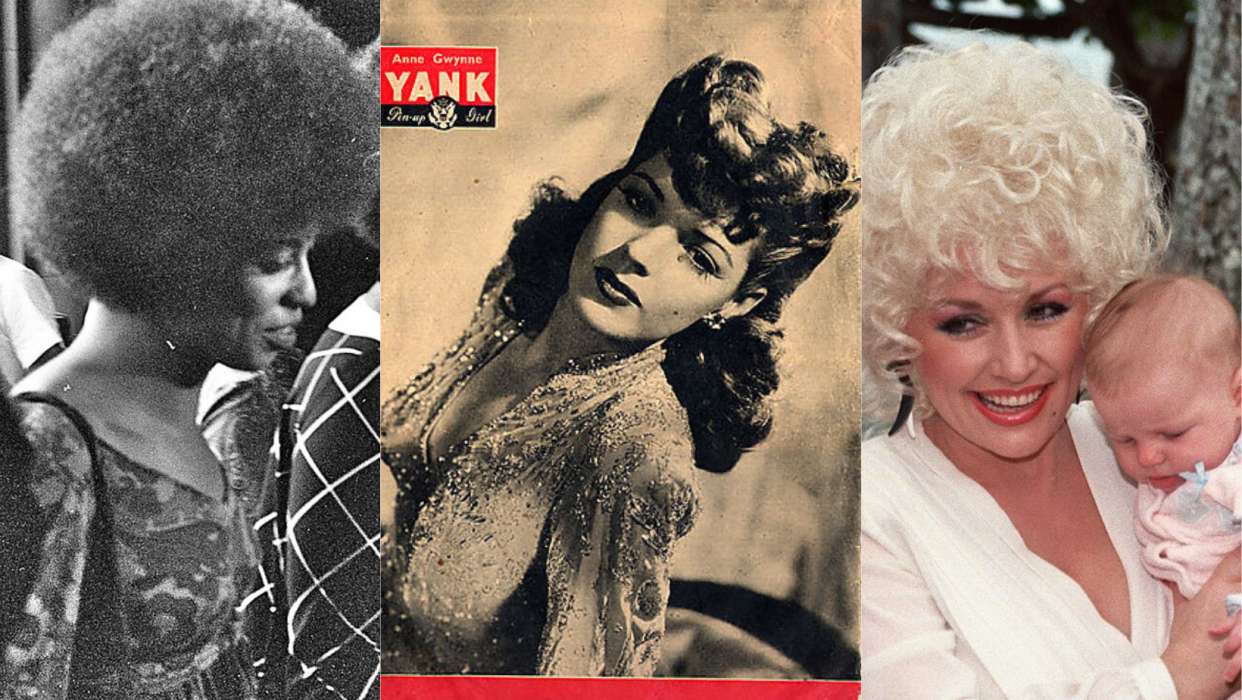
There are so many things that define each decade, from the food we eat to the clothes we wear. But none of the things we've looked back on were quite as polarizing as the hairstyles. From piled-high funky styles to buzzed dos, here are the most popular hairstyles from the decade you were born, spanning from the 40s to the 2000s.
Wikipedia / Mediafeed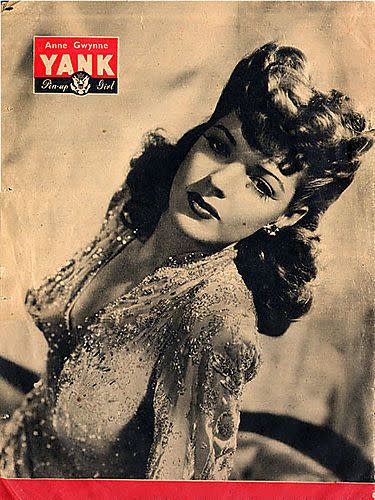
Inspired by the glitz and glamour of Hollywood women at the time, the victory roll hairstyle featured tight curls pinned toward the face to frame it. Victory rolls were customizable, so you could opt for a single roll or different symmetrical or asymmetrical versions of dual rolls.
Other popular hairstyles of the decade for women included tight curls, waves, and the pageboy. Women were also big on hair accessories, particularly the snood, which was essentially a crocheted bag used to cradle the hair and keep it in place. Both men and women sported the infamous pompadour during the '40s. Men were also partial to quiffed hair or short curls and were also prone to just slicking their hair back.
Wikipedia / U.S. Army - Yank, the Army Weekly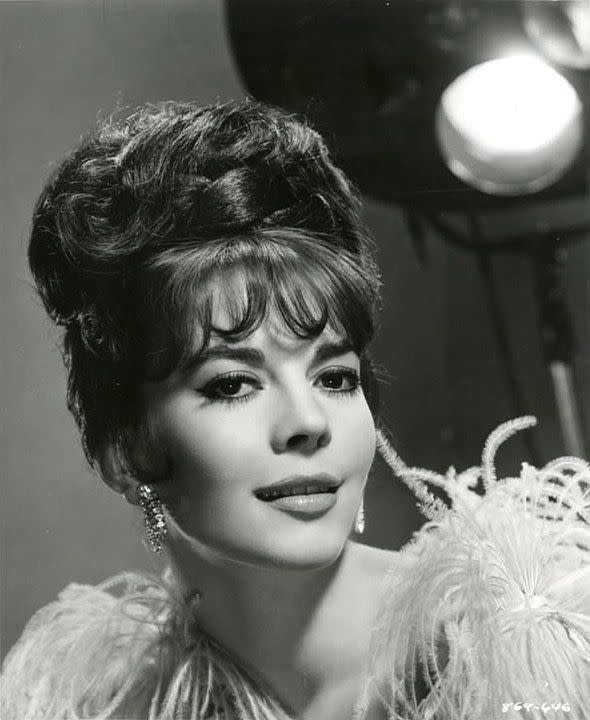
Everyone knows the beehive hairstyle, whether you associate it with the '50s or Amy Winehouse. All you had to do to be cool in the 1950s was pile your hair on top of your head in a conical shape to resemble a beehive. Lots of hairspray was needed for this one.
If your hair wasn't long enough for the beehive, you might have sported other bouffant hairstyles, a poodle cut, an Italian cut, victory rolls, or even a pixie cut. Men were still into the slicked-back look along with side parts, the pompadour, or — if they were influenced by Elvis later in the decade — a Rockabilly do.
Wikipedia / Warner Bros.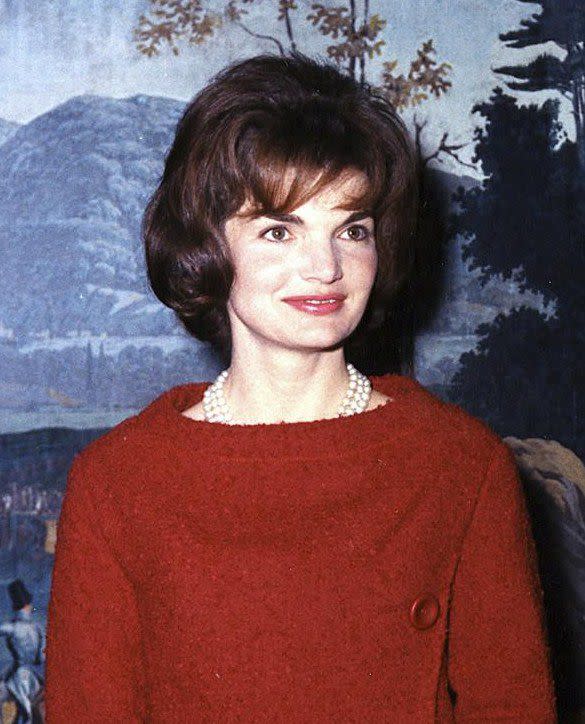
Bouffant (derived from the French verb "bouffer," which means to puff or fluff up) hair became popular during the 1950s, but dominated in the 1960s thanks to the iconic Jackie Kennedy sporting the style. The puffy, rounded hairdo was especially popular among housewives during the '60s.
Women also gravitated toward shorter hairstyles (influenced by Twiggy), including pixie cuts and flipped bobs and, for long hair, bangs. Men styled their hair with everything from the bowl cut and the ducktail cut to shag cuts and styles copying The Beatles.
Public Domain / Wikipedia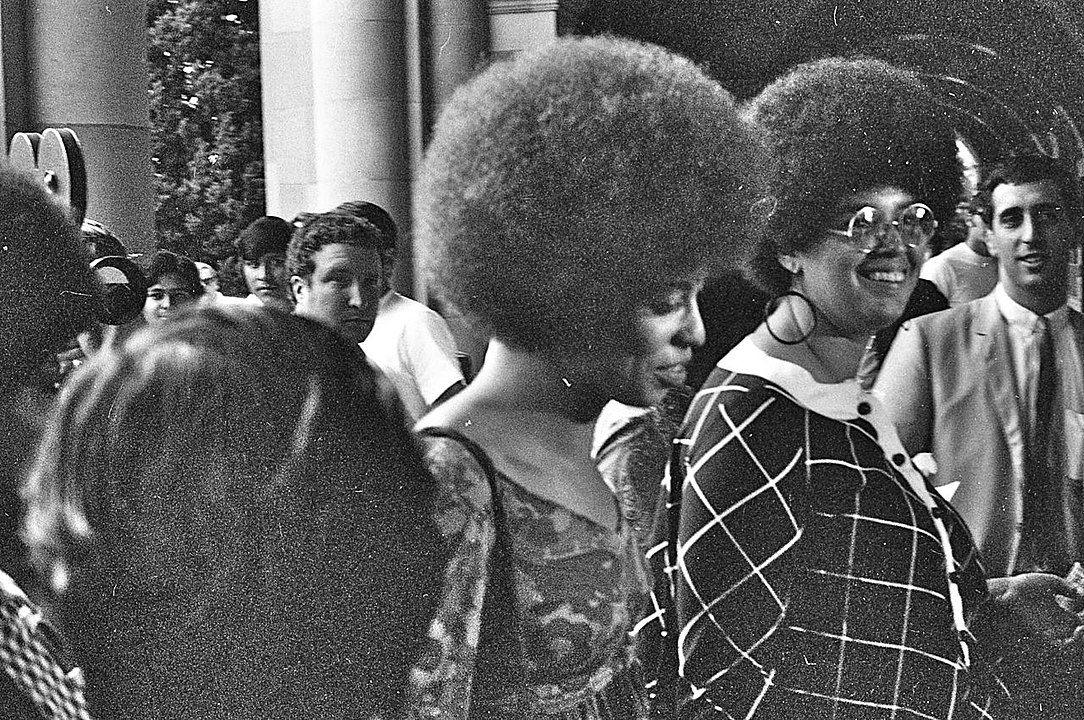
During the 1970s, the afro became a symbol of cultural and political expression, particularly within the African American community. The style pushed back against Eurocentric beauty standards and celebrated natural Black hair. Influenced by icons like Angela Davis and the Jackson 5, the afro surged in popularity, crossing racial and cultural boundaries to become a mainstream fashion statement. Its voluminous shape was achieved through techniques like picking, and its prominence spread among both men and women.
Separately, and inspired predominantly by Farrah Fawcett, long, feathered hair was also sought after during the '70s.
Wikipedia / GeorgeLouis at English Wikipedia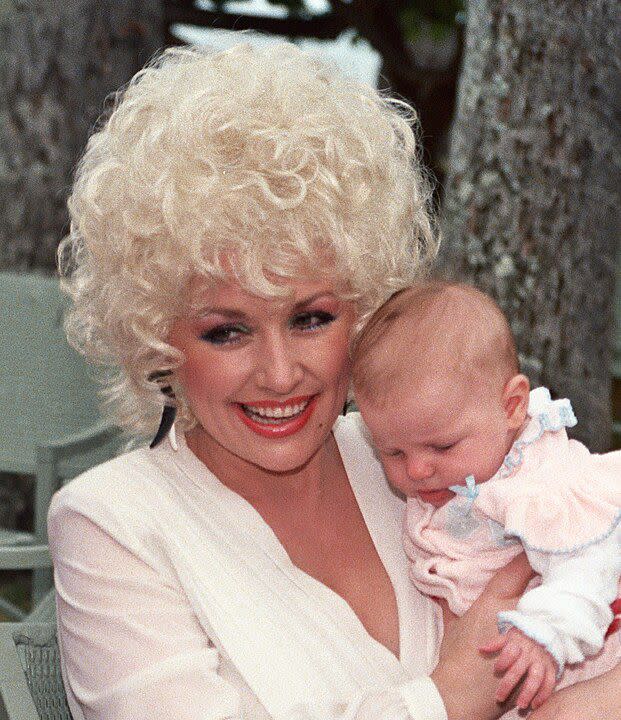
Whether it was crimped, curled, teased, spiked into a giant mohawk, or cut into a towering flattop, the most iconic '80s dos could all be tied to one main group: big hair. During this decade, freedom of expression was fully embraced and displayed through hair. Styles like Jheri curls were popular thanks to Michael Jackson, and Billy Ray Cyrus spearheaded the popularity of the business in the front, party in the back mullet. The '80s were eclectic times that reeked of Aqua Net and perms.
Wikipedia / Allan Light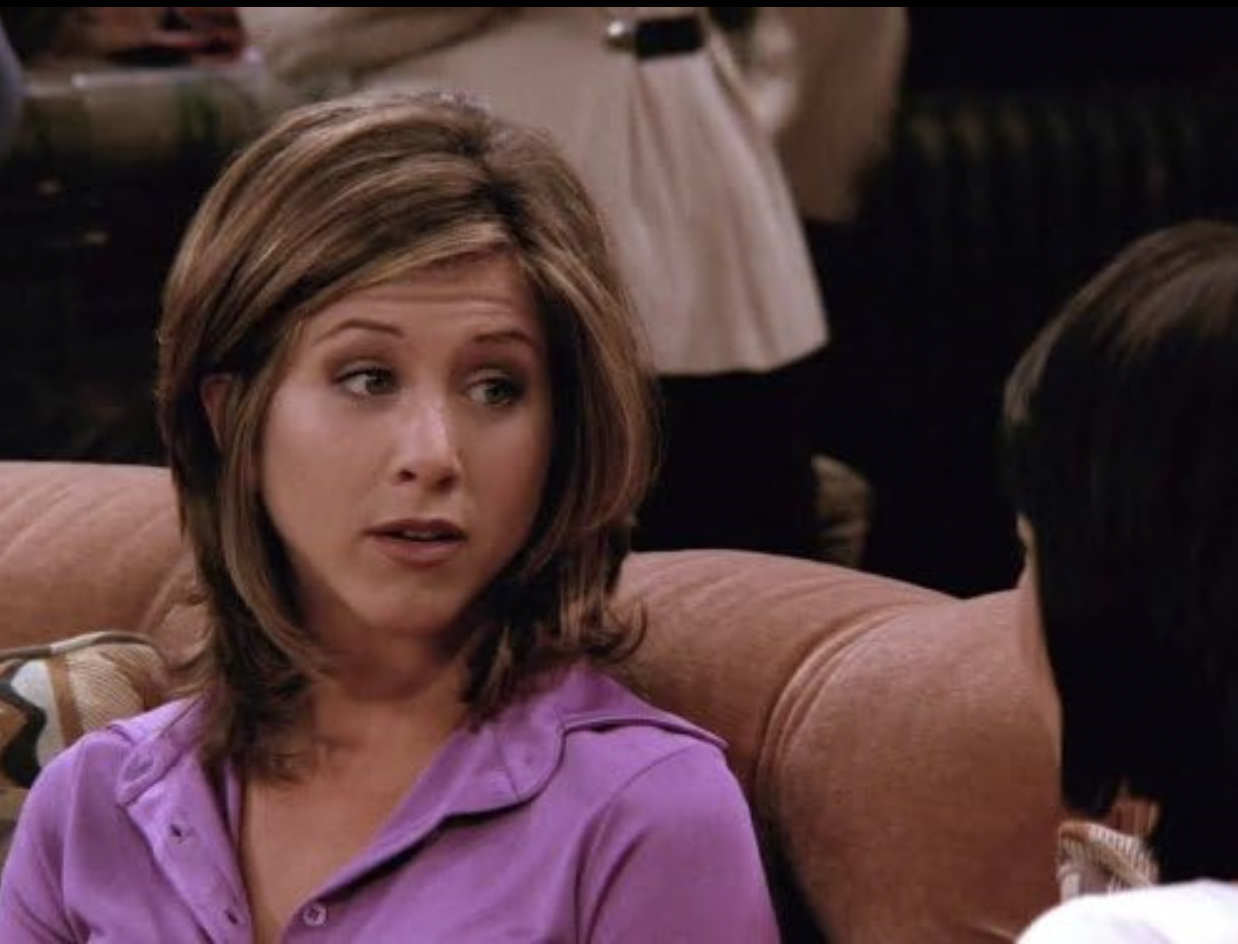
You didn't even need to be a fan or viewer of "Friends" to ask your hairdresser to give you "The Rachel" in the '90s. Everyone knew exactly which version of Jennifer Anniston's hair you wanted. Layered, framed around the face, and shoulder-length was the style that ruled the decade. Chunky highlights, side bangs, and hair flipped out at the bottom were also wildly popular during the decade. And who could forget chopsticks carefully stuck into buns? All the rage.
If you were a cool dude during the '90s, you might have had frosted tips, spiky hair, or cornrows.
IMDb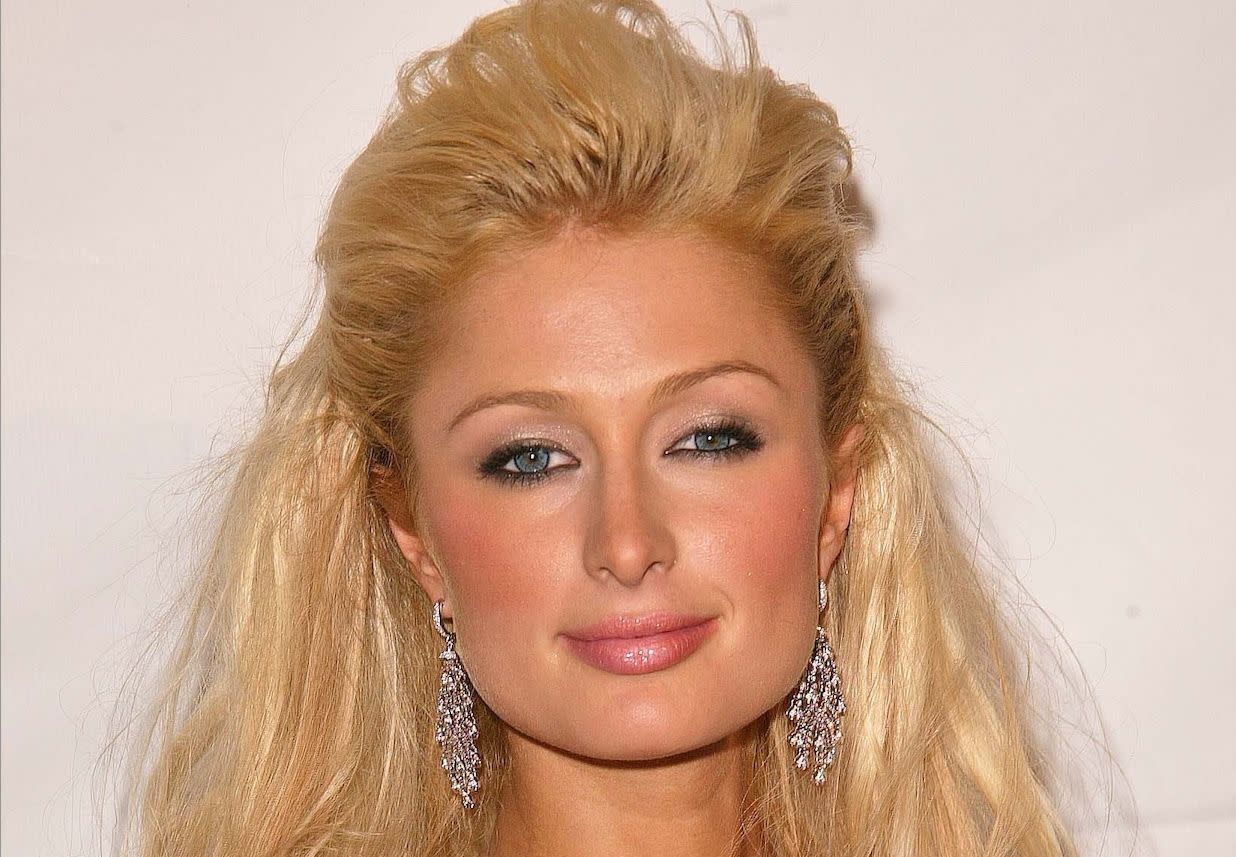
All you needed was a few bobby pins and some hairspray to make a pulled-back pouf happen, and every girl in the 2000s was on board. High ponytails and pigtails, choppy layers, and money-piece braids were a go-to as well.
Skater boy hair/emo boy haircuts that swooped halfway across a guy's face were also iconic during the 2000s. Who else remembers watching guys shake their heads in slow motion to get the hair out of their eyes like they were playing a role in the "Baywatch" intro? We shudder at the memory. On the opposite end of the spectrum, buzz cuts were prominent, along with faux hawks.
DepositPhotos
